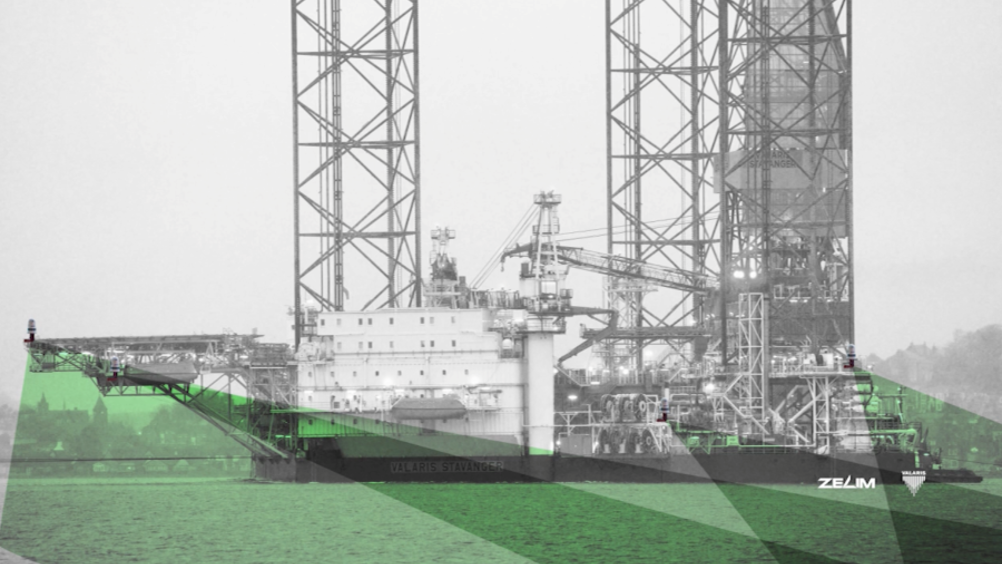Smart ‘man overboard’ detection deployed on North Sea rig
An AI-powered system that can automatically detect and track persons overboard at sea has been deployed on an oil rig for the first time.

Developed by Edinburgh-based Zelim, Zoe is a person in water (PIW) detection system to aid search and rescue operations at sea. It uses a suite of cameras and sensors to monitor the area around a vessel, raising alerts if someone falls overboard. Once someone is in the sea, Zoe’s software can then track them with around 97 per cent accuracy to a distance of over 330m. According to Zelim, the system has been trained on a dataset of over 4.9 million maritime rescue images across a wide range of ocean conditions.
Zoe was deployed on the jack-up rig Valaris Stavanger in February 2024. Zelim installed a tailored solution that includes seven infrared and optical cameras placed around the vessel, allowing the entire rig to be monitored. Following an initial trial period, Valaris will evaluate the suitability of the system for use on other assets in their fleet.
“The North Sea is a harsh weather environment that can change quickly,” said Glen Spearman, offshore installation manager onboard Valaris Stavanger.
Register now to continue reading
Thanks for visiting The Engineer. You’ve now reached your monthly limit of news stories. Register for free to unlock unlimited access to all of our news coverage, as well as premium content including opinion, in-depth features and special reports.
Benefits of registering
-
In-depth insights and coverage of key emerging trends
-
Unrestricted access to special reports throughout the year
-
Daily technology news delivered straight to your inbox










Water Sector Talent Exodus Could Cripple The Sector
Maybe if things are essential for the running of a country and we want to pay a fair price we should be running these utilities on a not for profit...